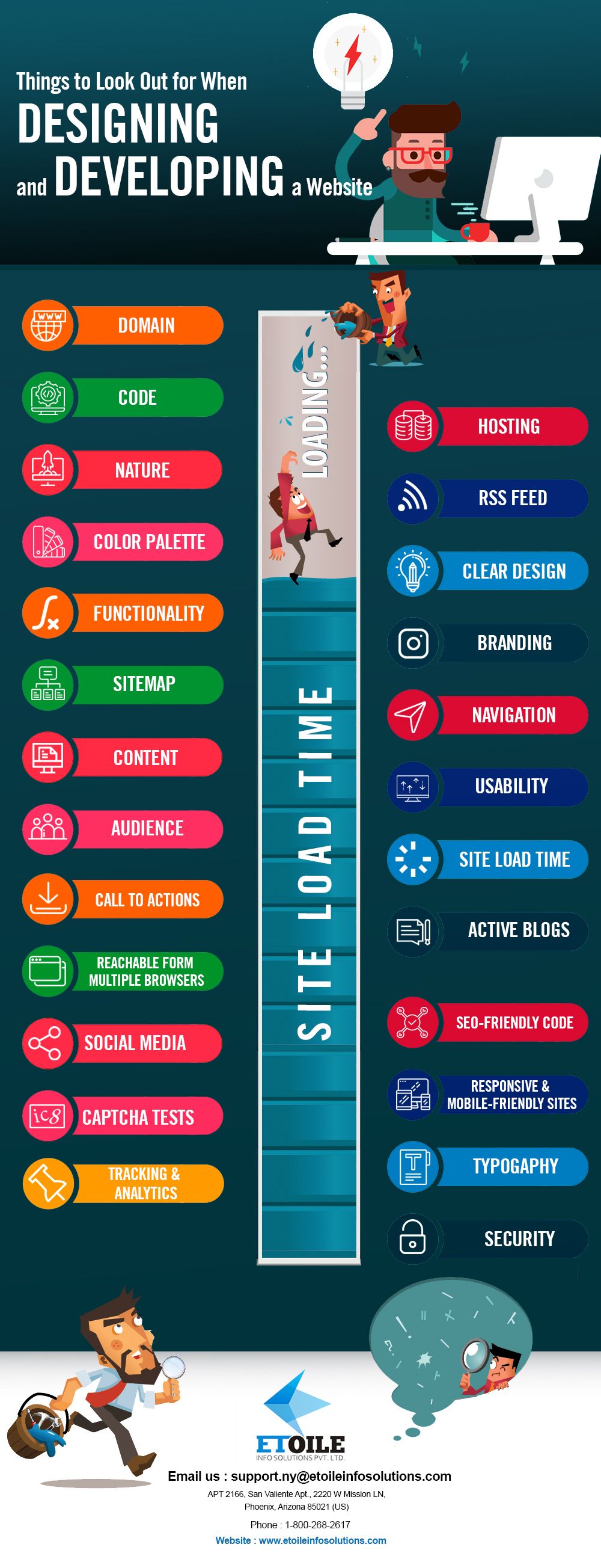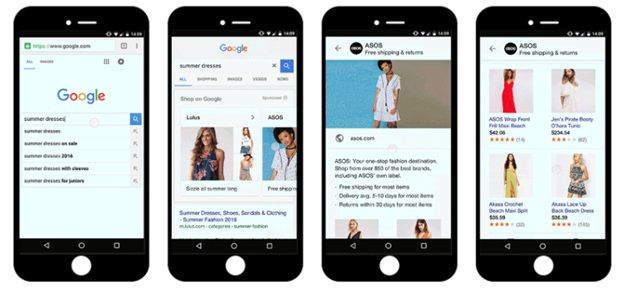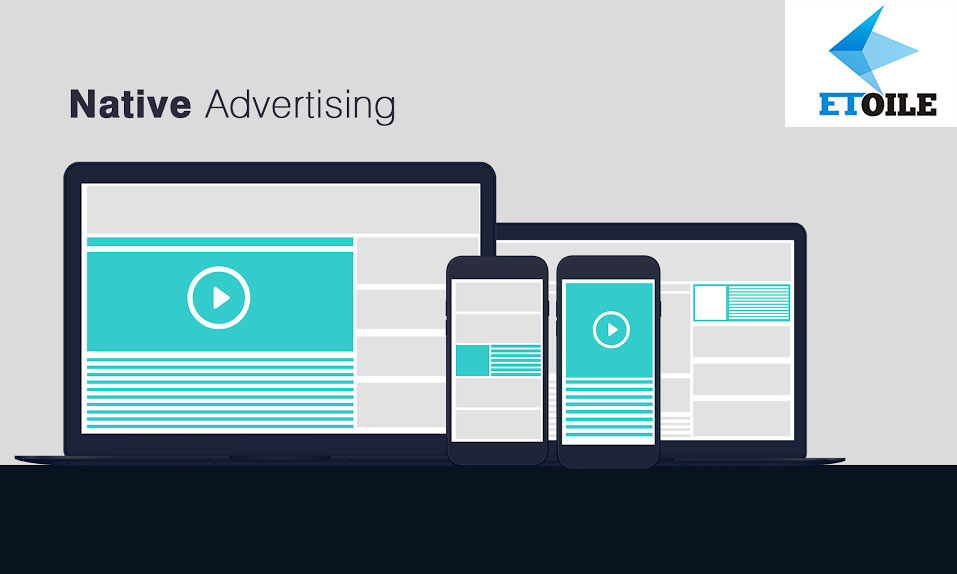According to the experts of a Leading Web Design Company here are few things everyone should take care of before they get down on their journey of designing and developing a website. Since these days websites are not a mere representation of a website but also a medium for companies to grow their business.
25 Things to Look Out for When Designing and Developing a Website
1. Domain: While deciding on the domain name, opt for simple, small and memorable approach. Go for a name that can reflect your brand’s image
2. Hosting: Hosting packages should be finalized depending on the nature of your website. Opt for a reliable one that can take the pressure of multi-media present on your website.
3. Code Authoring: CSS3, HTML5, PHP, JQuery, JavaScript- Each language has its own set of rules and guidelines, which is beneficial if you want to standardize your end product.
4. RSS Feed: If your website is content-rich – blogs, new sites, articles and is updated on a frequent basis, then it is advised to have an RSS feed to keep your website users in close proximity to fresh content.
5. Nature: What type of website do you want to build: business, corporate, e-commerce, blog, community, forums, classifieds, gallery, gaming, new etc?
6. Clear Design: For visitors to interact with your website content, develop clear and appealing designs to help them stay hooked.
7. Color Palette: Colors play an important role in enhancing the overall look and feel of your website. Different colors evoke different emotional responses.
8. Branding: How well you are portraying the image of your brand? Always position your professionally designed brand logo on the upper left corner of your website which will attract customer’s attention in a go.
9. Functionality: Is your website working properly across different browsers? Are contact forms, customer feedback sections and customer inquiry forms working fine?
10. Navigation: Visitors will only entertain the idea of further exploring your website if they can easily find what they are looking for.
11. Sitemap: Clear sitemaps will help search engines determine how often you are updating your website and the type of content you are putting there.
12. Usability: The user interface of your website can make or break the reputation of your website. Usability tests can help you find areas of improvement. Effective usability can harbor customer attention and evoke business.
13. Content: The visitors will flock to your website based on the content you are providing-informative and quality with the right dose of keywords to feed the search engines.
14. Site Load Time: Slow loading time is the prominent cause of website abandonment. It is also a major factor of usability and must be tested rigorously before the site’s official release.
15. Audience: The content, products, and services you’ll provide on your website should be determined based on your target audience.
16. Active Blogs: Featuring a blog on your website is a great way to update visitors about the latest products, stay connected with them and interact with your brand.
17. Call-to-actions: If you want your site visitors to finish what they intend to accomplish, then you need to provide them with attractive and effective call-to-action buttons. “Buy Now, Contact Us Now, Download Now”. Consider using bold and blaring colors.
18. Seo-friendly Code: For search engine spiders to get hold of the quality of content and grant you with a good search engine, it is important to have a clean and SEO friendly code.
19. Reachable form multiple browsers: When it comes to multiple browsers compatibility, keep these in mind- Internet Explorer, Mozilla Firefox, Safari, and Chrome. Make sure your website load seemly on all major browsers.
20. Responsive and mobile-friendly sites: With growing dependence of consumers on mobile phones it has become quintessential for website owners with existing web presence to develop a separate responsive and mobile reachable website.
21. Social Media: Social media integration on your website provides a great way to site visitors to promote your website, leave reviews and keep up with the latest news and developments.
22. Typogaphy: Good typography makes the art of reading smooth and effortless. A legible and readable font is important if you don’t want your visitors to pinch their eyes together while reading the text.
23. Captcha Tests: Captcha tests help differentiate humans from robots and ensure that only users are accessing your website resources.
24. Security: SSL Certificates should be put in place in order to keep impending security risks at bay. (Malware, Viruses, Hackers, Payment Frauds etc.)
25. Tracking and Analytics: Tracking and analytic tools help determine how your website is performing and provide areas where improvements can be made.



